Who are the Pollinators?
When we read about pollination, it’s often about plants that are likely to attract pollinators. But who are the pollinators? What do they do exactly? How are they essential to our ecosystems? Read on as the Montréal Science Centre’s team tells you all about them!
Why is Pollination so Essential?
Let’s look at pollination first. What is it, specifically? When it comes to plant survival, pollination is fundamental. Pollination is how plants reproduce. It is a process where the pollen produced by the reproductive organ of male plants (the stamen) is transferred to the reproductive organ of the female plants (the pistil).
Some plants have flowers that have both stamens and pistils. These are known as unisex (or selfer) plants because they can self-pollinate. The transfer of pollen from stamen to pistil happens directly inside the flower. No need for outside help.
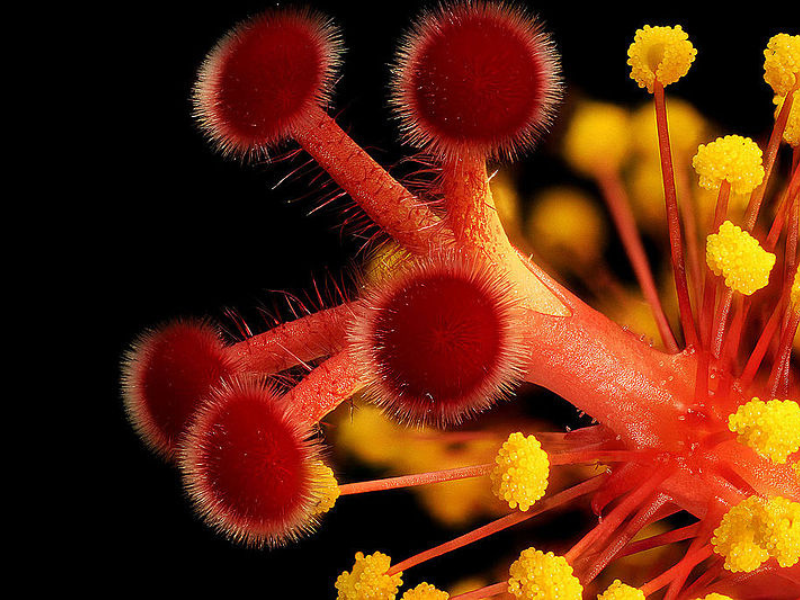
But not all plants are selfers. Many plants have flowers that cannot self-pollinate. These plants rely on things like wind, water, and animals to carry their pollen. When pollinating animals visit a plant, typically to grab a nibble and feed, pollen rubs off on their body. This pollen then gets transported to the next flower these animals visit. This is pollination. Flowering plants rely primarily on one kind of animal to do their pollination: insects!
Bees: The Most Famous Pollinators
The first to come to mind when we think about pollinating insects are bees, and most often, we think of honeybees. Though honeybees are important for pollination —and honey production— they are not the leading insect pollinators. Honeybees are not always local. They are often imported. The work of pollination is mostly done by local bee species, especially champions like bumblebees!
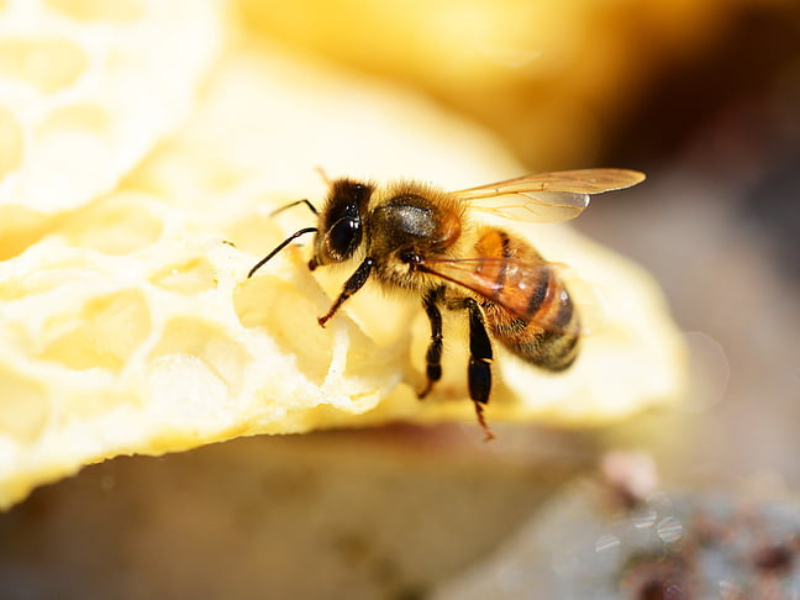
Bumblebees are leading pollinators for wildflowers and for agricultural crops. These big hairy insects tolerate low-light and low-temperature environments better than many other bee species. That means that they can travel far within a single day and can live at higher altitudes than other bees. These are the advantages that make them excellent pollinators in all kinds of environments!
Bumblebees also use a trick known as “buzzing pollination” where they hold a flower in their jaw and vibrate their entire body. This makes the flower shed its pollen onto the bumblebee. Plants like wildflowers, tomatoes, bell peppers, and cranberries greatly benefit from this special form of pollination.

It is certainly important to protect the honeybees —whose pollination powers are important too— but we mustn’t forget that protecting bumblebees is just as important, as is protecting other local species from the Hymenoptera family, like wasps. These fantastic creatures —whose work ensures the health of our ecosystems— are sadly at risk due to climate change and the destruction of their natural habitats. Protecting all of them is vital.
Lesser-Known Pollinators
Bees typically get most of the spotlight when it comes to talking about pollinators. Understandably so, as their contributions are enormous, but they aren’t the only ones working hard to pollinate plants! Many other insects pitch in and play a role in Nature’s wonderful plant reproduction ballet.
Butterflies (and moths too) often come to mind here, since we often see them on flowers lapping up nectar. Yet, butterflies aren’t able to pollinate as well as bees. They don’t have special body structures to collect pollen and butterfly legs are long and thin. This means that their bodies don’t come into contact with very much pollen while they nibble on flowers.
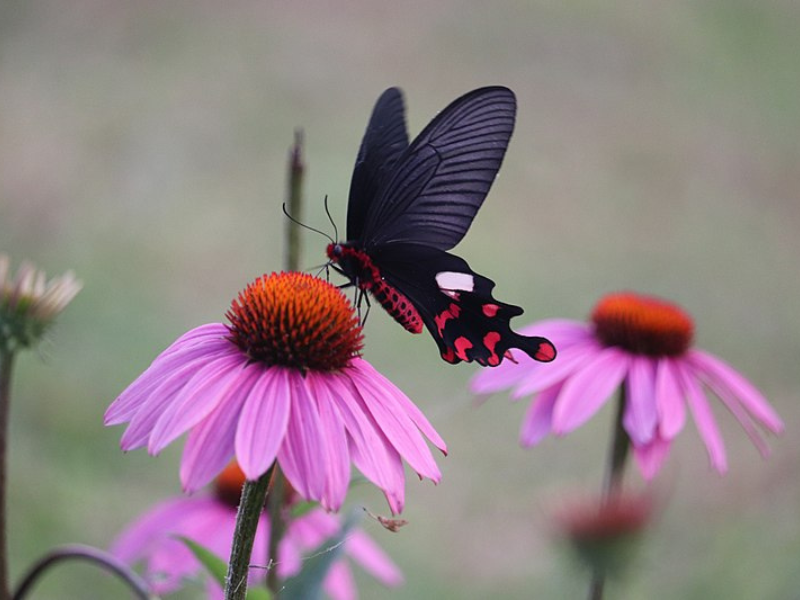
So, other than butterflies, what other insects are big pollinators? Flies and mosquitos! These are insects known as Diptera (meaning “two wings”). These are the second most important group of pollinators, after our friends the bees. Like bees, Diptera are small and hairy. This helps pollen stick to their bodies. A great many species fall under the Diptera order, making it the most diverse group of pollinators.
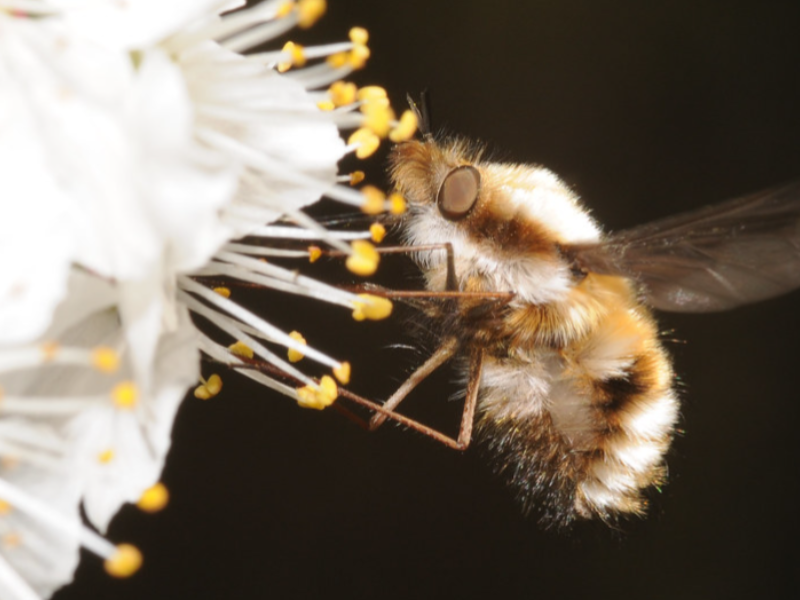
Next, we mustn’t forget the Coleoptera! This is a group of insects that includes beetles and ladybugs. Though they may not pollinate to the same extent as Diptera, historically speaking, they were one of the very first groups of insects to start visiting flowering plants. They still play an important role in pollinating several plant species, like magnolias.
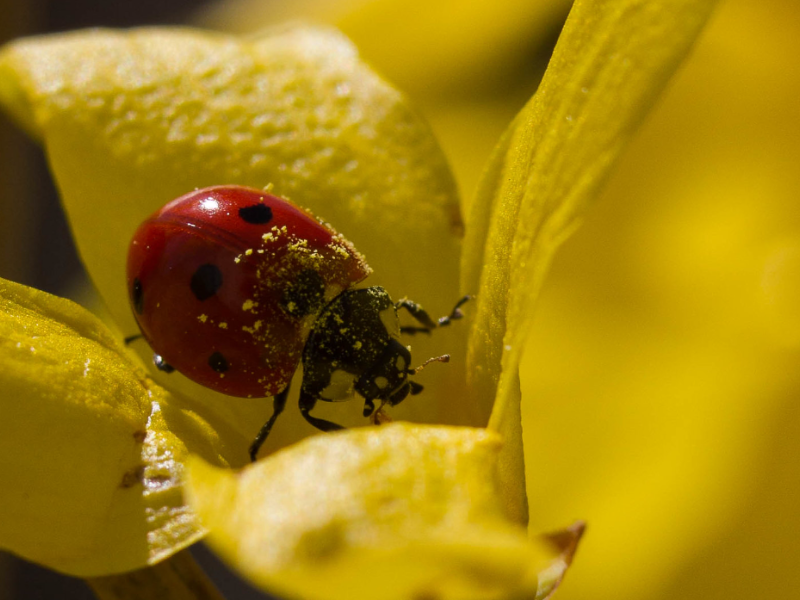
Besides all the insects, other animals also take part in the work of pollinating plants. Birds and bats that feed on nectar, and feed on the insects and spiders that cohabitate with flowers, are very important pollinators! Think about the hummingbirds that drop by your garden. These little humming marvels play a key role in pollinating wildflowers!
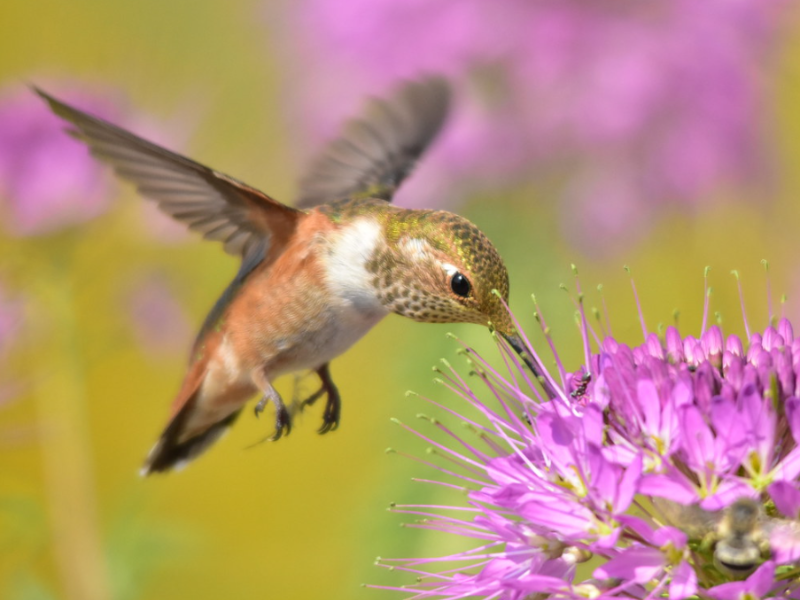
Want to learn more about pollinators, plants, and biodiversity? Visit the Montréal Science Centre’s Techno Garden! Explore this outdoor learning space, created in collaboration with Dubois Agrinovation, and learn to design the gardens of the future!
